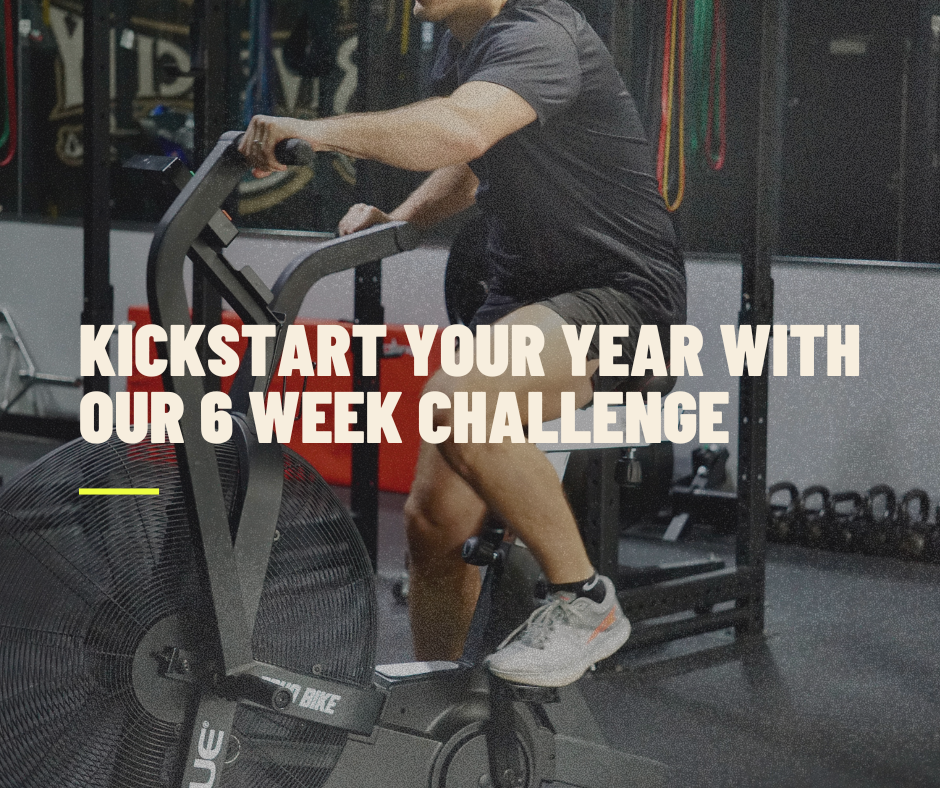By clicking “Accept All Cookies”, you agree to the storing of cookies on your device to enhance site navigation, analyze site usage, and assist in our marketing efforts. View our Privacy Policy for more information.
The Benefits of Foam Rolling: Why You Should Make It a Habit
Discover the benefits of foam rolling for muscle recovery, flexibility, and pain relief. Learn how ThriveFit Training in Ponte Vedra uses this simple tool to reduce soreness, improve mobility, and keep you moving pain-free.
By
February 25, 2025
.jpg)
Foam rolling might look like a fancy way to roll around on the floor, but it’s actually one of the best tools for recovery, mobility, and overall muscle health. Whether you’re an athlete, weekend warrior, or just someone who wants to move and feel better, adding foam rolling to your routine can make a big difference.
Why Foam Rolling Works
Foam rolling is a form of self-myofascial release (SMR), meaning it helps break up tight spots in your muscles and fascia (the connective tissue around your muscles). By applying pressure, you can increase blood flow, improve mobility, and reduce muscle stiffness.
Key Benefits of Foam Rolling
✅ Improves Flexibility & Mobility – Tight muscles can limit movement and cause discomfort. Foam rolling helps loosen up those muscles, allowing for better range of motion.
✅ Speeds Up Recovery – Sore after a workout? Foam rolling can help reduce post-workout stiffness by increasing circulation and flushing out metabolic waste.
✅ Reduces Muscle Tension & Knots – Sitting all day, working out, or just daily life can cause muscle knots and tension. Rolling out these tight spots can help alleviate discomfort and keep muscles functioning properly.
✅ Enhances Performance – When muscles move freely, you can perform better, whether you’re lifting weights, running, or just going about daily activities.
✅ Relieves Stress & Aches – Foam rolling can feel like a deep tissue massage, helping release tension not just in your muscles but throughout your body.
When & How to Foam Roll
- Before a workout: Helps warm up muscles and increase circulation.
- After a workout: Aids in recovery and reduces soreness.
- On rest days: Keeps muscles loose and improves mobility.
Try This Simple Routine
- Quads & Hamstrings – Roll the front and back of your thighs to loosen up the biggest muscle groups.
- Glutes & Hips – Helps with lower back tension and hip mobility.
- Upper Back & Shoulders – Perfect for combatting tightness from sitting or stress.
Foam rolling takes just a few minutes but can make a big impact on how your body feels and moves. Give it a try, and your muscles will thank you!
At ThriveFit Training, we start every session with foam rolling to activate and prime your muscles to get the most out of your workout. Come train with us and learn how to move and feel your best!
.jpg)
.jpg)
.jpg)
.jpg)
.jpg)
.jpg)
.jpg)
.jpg)
.jpg)
.jpg)
.jpg)
.jpg)





